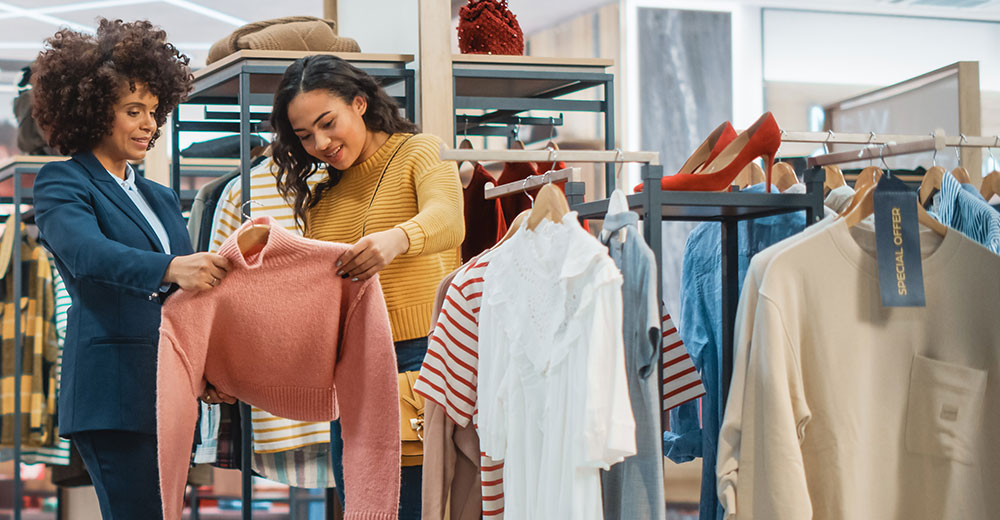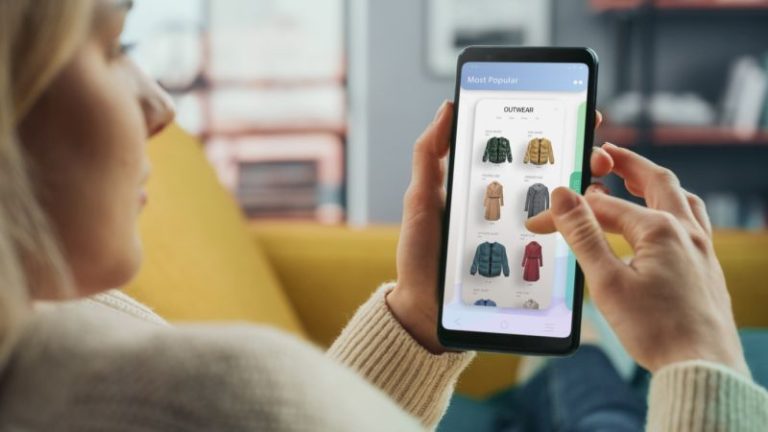
Gen Z is reshaping loyalty programs, challenging traditional strategies and forcing marketers to rethink how they connect with young shoppers. Instead of discounts, this generation values community and experiences that foster a sense of belonging.
Experiential loyalty programs that create a sense of belonging resonate strongly with this generation, noted Craig Crisler, CEO at SupportNinja. He pointed to IKEA’s workshops and Nordstrom’s in-store events as early examples of this shift.
Those brands succeed by leveraging artificial intelligence (AI) tools to understand consumer behavior and personalize their experiences accordingly. Retailers that want to win Gen Zers must understand their unique needs, use AI to enhance customer experience, and adapt strategies quickly to avoid being outpaced, he insisted.
“Gen Z is more interested in being part of a club or community than just getting discounts,” he told the E-Commerce Times.
That approach aligns with both marketing campaigns and CRM-driven customer engagement goals.
Gen Z’s Fickle but Social Side
Table of Contents
Crisler noted that Gen Zers share a common trait of fickleness, as they continually pivot in their purchasing behavior. Unlike traditional shoppers, those in Gen Z’s ranks do not view product discounts as the primary driver for loyalty club membership.
“One thing I have seen consistently happen with Gen Z is the need for building community. Joining a loyalty program is something more than just [shopping for products],” he offered.
They naturally gravitate to brands that provide pop-up events. They thrive on email notices inviting them to come to the store to participate in the activity. Crisler praised Nordstrom for its success in doing this type of marketing.
“Nordstrom has done really well with it, shockingly. For example, they have meet and greets with style consultants where you can come and look at and try on clothes, and they’ll make some suggestions about what you’re wearing,” he said.
Nordstrom’s marketing efforts still lack a significant online membership experience, but they effectively draw Gen Z shoppers into the store, which drives revenue. But people love coming for the new makeup line launch event with a DJ in the store.
“They’re fickle when they switch brands, but they love to be part of the group,” he added.
The Gen Z Loyalty Paradox
Gen Z’s changing loyalty programs and their tendency to quickly switch brands create a paradox, Crisler observed. Gen Z values a sense of belonging more than just discounts.
These shoppers, aged 13 to 28, are the most digitally native generation, seeking physical community after years of online interaction. They have psychological needs that drive their behavior in loyalty programs.
Crisler attributes Gen Z’s community-seeking behavior to the impact of Covid-19 on their formative years. Most of their social interaction occurs on online platforms.
“They have this definite push as they get older to move toward and try to find a physical community. One that is not an online presence. They still love online. But there’s definitely a push and a desire to be part of a group,” Crisler said.
The goal of tailoring loyalty programs is to help Gen Z build a community around their activities, creating a platform where they can interact with each other. They really lean into it, he offered.
“It’s not the brand that is important to them. They like all the stuff, but they really want that community. Like they feel special in this special group,” Crisler explained.
Retailers Confront a Loyalty Shift
According to Crisler, not all retailers are adjusting quickly enough to Gen Z’s preferences, focusing on traditional discounts and rewards.
Successful retailers like IKEA and Nordstrom create experiential loyalty programs. They leverage AI and consumer data to understand and cater to the behavior of Gen Z.
How marketers adapt to AI and influencers impacts their bottom lines. According to Crisler, AI helps retailers understand consumer behavior and drive revenue through personalized marketing. The role of influencer marketing and AI search is also shaping Gen Z’s purchasing decisions.
He noted how a viral trend driven by influencer marketing without traditional advertising brought IKEA success in solidifying Gen Z loyalty. That retailer aligns with Gen Z customers’ desire to build their own spaces. IKEA’s strong social media presence and user-generated content reinforce its loyalty program.
Why Loyalty Programs Fail
Many loyalty programs fail because they do not align with the customer’s needs and behaviors, Crisler suggested. Regardless of the intended shopper audience, loyalty programs should drive brand commitment and repeat business.
Consider Amazon’s use of AI to predict consumer needs and improve customer experience. It highlights the importance of leveraging AI to customize the buying process and enhance the customer journey.
Gen Z has a unique relationship with AI and human interaction. Crisler hypothesized that Gen Zers see AI as a tool rather than a replacement for human interaction.
“They prefer human interaction and seek physical community despite their digital native nature. Brands focus on providing human interaction to connect with Gen Z,” he urged.
It is also essential that retailers and marketing campaigns tailor to Gen Z’s preferences and avoid generic approaches. Otherwise, they risk missing out on the potential for significant market share that successful engagement with Gen Z offers, he warned.
“Don’t ignore it. Don’t just assume what works for other generations will work for them,” Crisler concluded.
Impulse Buying Signals
While Gen Z seeks a sense of belonging through preferred brand loyalty programs, they are also influenced by their digital roots and susceptible to buying urges. According to an Adobe for Business study of more than 1,000 U.S. consumers released Aug. 20, Gen Z is 25% more likely than older generations to hit “buy” on impulse.
The report highlights shopping patterns of splurging after payday and filling digital carts with impulse buys late at night. These are buying signals. If retailers’ e-commerce strategies ignore them, brands will likely miss out on selling to the most valuable customer segment.
Key takeaways from the Adobe study on online shopping behavior show that nearly one in 10 consumers identify as “night owl shoppers,” making purchases between 10 p.m. and 3:59 a.m. They spend the most time online shopping — 32 hours a year on average. They also spend the most, at $3,684 annually.
Millennials spend more online each month than any other age group, with average monthly purchases of $282. Close behind are Baby Boomers, who spend an average $216 each month.
Nearly one in 10 surveyed consumers shop online on payday.





